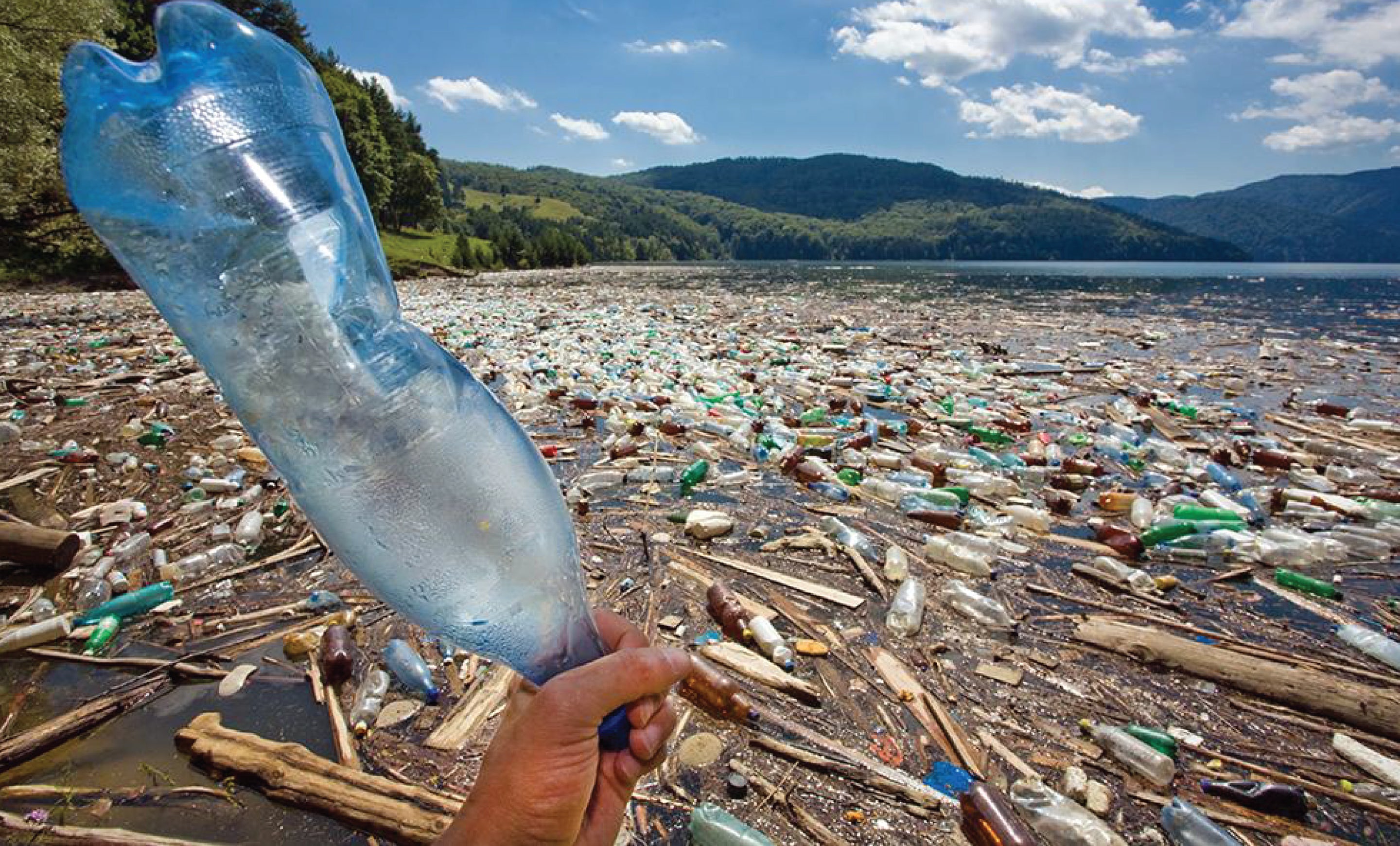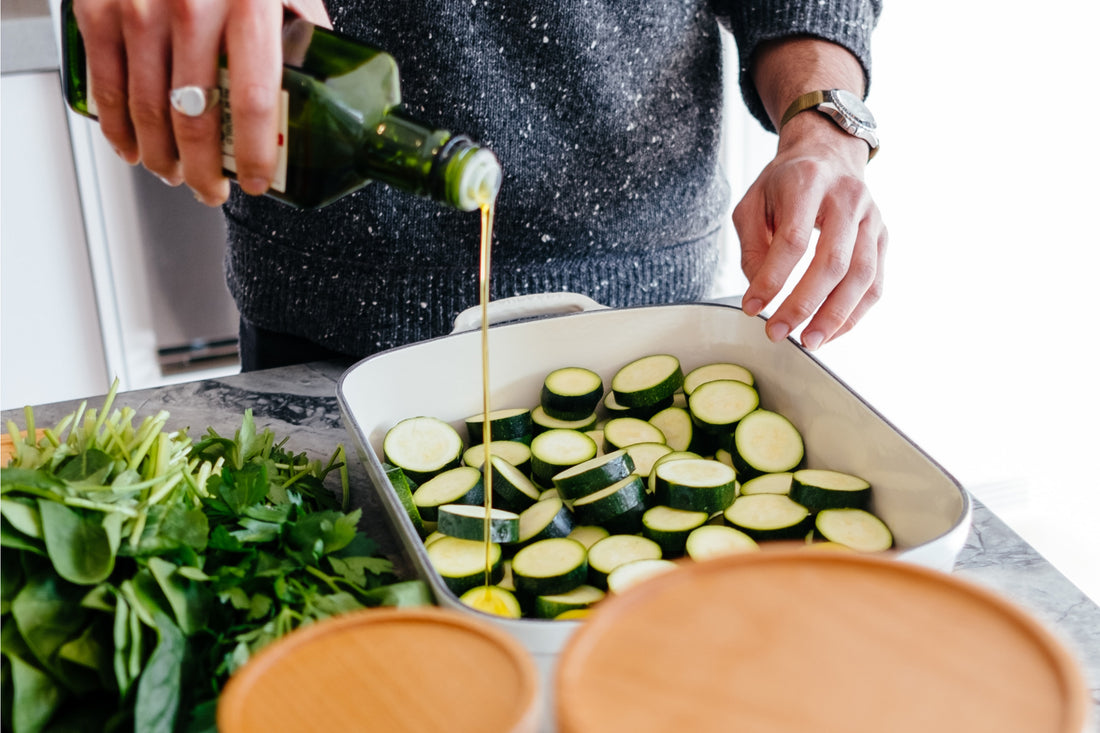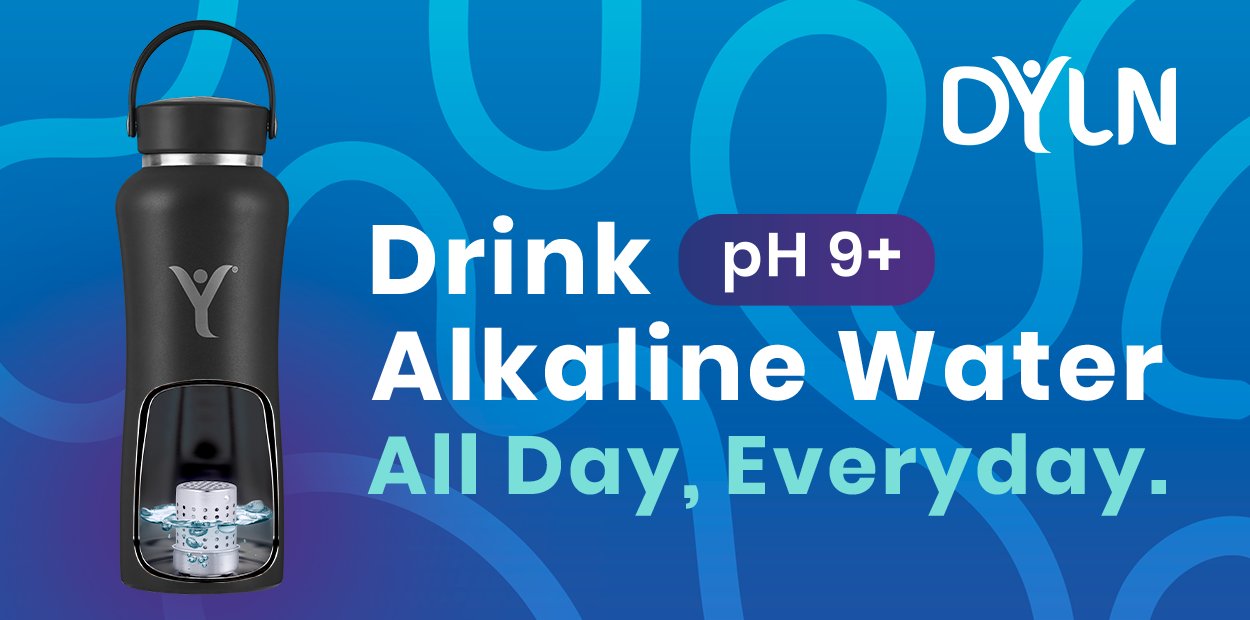We do it without even thinking about it. We feel thirsty, go to the shop, buy a bottle of water, drink it, and then throw it away, perhaps into a bin with a recycling logo on it, perhaps not. Clever marketing and branding ploys have had subtle yet powerful effects on our behavior - so much so that we barely notice that the price of bottled water is extortionate. Bottled water is virtually (and sometimes literally) identical to the public water that flows from our taps, which we already pay for in federal taxes and utility bills.
The environmental costs and carbon footprint associated with bottled water are shocking. As we make the transition towards global sustainability, it is evident that the very notion of single-use bottles of water will come under scrutiny. To borrow the words of Elon Musk, bottled water is surely one of the “dumbest experiments in human history,” up there with our reckless penchant for burning fossil fuels. It is time we gave tap water an image overhaul. Here’s why.

The Industry
The bottled water industry is massive. American citizens work their way through 50 million single-use disposable plastic water bottles every single year. The industry is so lucrative and successful, that annually it rakes in around $100 billion globally while global consumption rates increase 10 percent each year. Bottled water consumption levels in the US outstrip that of coffee, milk and juice, falling just behind beer and soda.
Corporations pump millions of dollars into marketing campaigns to make bottled water seem smart, sexy, and healthy, and to encourage you to impulsively spend hard-earned dollars on a conveniently cooled and on-hand beverage. This water comes at a markup of 240 – 10,000 times the cost of a glass of tap water paid for by your utilities and taxes. Meanwhile, these companies sustain a huge profit margin - up to 35% for convenience-sized bottles, and 60% for larger home and delivery containers. Bottled water is twice as profitable as soft drinks for those conglomerates like Coke, Nestle, and PepsiCo, who wield a huge monopoly over the industry.
Yet the costs of this wasteful water delivery system go unnoticed in the price tag. According to The Atlantic’s Derek Thompson, “for every dollar that you spend on a bottle of water… you’re spending about 43 cents in transportation costs. For every liter of bottled water that you drink, the production process consumes twice that much [water], so when you buy one liter of water, you’re actually paying for three.”

The Water
It can be quite hard to discern where the water in your bottle has come from. Some high-end bottlers have bought up the right to siphon off water from the planet’s ancient glaciers. Other bottlers use water from subterranean water sources, such as aquifers and springs. Yet perhaps the most surprising fact about the water bottle industry is that the majority of companies simply bottle up public water sources - water that would otherwise be streaming directly out of our taps. One study by the Food and Water Watch suggests up to 47.8% of bottled water comes from public sources.
These precious water systems which bottled water companies tap into feed our rivers and lakes, sustain our ecosystems, and shield us from drought. The water bottle industry is just one of the many water-intensive industries which put unsustainable pressure on our ever more limited fresh water supplies and further disrupt the complex harmonious cycles of the natural world. Scientists are not being flippant when they warn of drastic clean water shortages in the future exacerbated by the effects of climate change.
But are there any health benefits in drinking bottled water? Certainly, the bottled water industry would like you to think so. Many people are convinced that bottled water is of a higher quality, cleaner and better-tasting, but it’s not necessarily true.
Some water is simply glorified tap water, purified or radiated, and perhaps only 25% is genuinely fresh spring or mineral water. Besides, tap water is carefully regulated and tested by the federal government to ensure that it reaches stringent safety requirements. In most cases, tap water is perfectly safe to drink. In fact, according to Marion Nestle writing for The Atlantic, FDA safety and consumer protections for bottled water are "often less stringent than comparable EPA protections for tap water," and recalls of bottled water do happen, even if they don't hit media headlines.
In fact, the only major difference which generally exists between tap and bottled water is that federal tap water often has small amounts of fluoride in it, whereas bottled water tends to be fluoride free owing to purification processes. Depending on whether you believe fluoride is good for your teeth or an evil poison, that can be a good or bad thing.
According to the blind taste tests, tap water is indistinguishable from bottled water. While it is true that occasionally tap water may have a slightly funny flavor to it, most of the time that isn’t a sign that it is dangerous. In fact, contaminated water is generally something you can’t distinguish by taste. But if you are still suspicious of your faucets, it’s very easy to purify your water at home with a filter, which will normally eradicate any strange tastes as well.
The Plastic Problem
The final and perhaps most devastating impacts of bottled water are the plastic bottle itself and the sheer volume of oil used to transports these heavy loads across states, borders, and oceans. Yet the staggering scale of the problem is difficult to comprehend. 17 million barrels of oil per year are devoted to the production of water bottles – enough to fill one million cars for a year. To put that into perspective, if you placed all of the 30 billion plastic water bottles sold in America in 2011 back-to-back, they would stretch to the moon and back seven times.
Bottled water is one of the single biggest sources of plastic waste in the US, with tens of billions of bottles being thrown away each year and only a small fraction—up to 12%—of these being recycled. PET plastic takes hundreds of years to decompose, and even efficient recycling systems still require inputs of resources.
Plastic bottles are literally choking up landfills, being incinerated, and contributing to the huge swathes of trash which float in our oceans. These floating landfills are having a devastating toxic effect on our oceans and exposing marine life to the nasty effect of bioaccumulation.
If the idea of the entire planet being smothered in plastic isn’t enough to deter you, the bottle itself may cause a health risk. Scientists have examined plastics such as BPA and PET, which are common plastic materials used for water bottles, and found concerning evidence suggesting that chemicals can leach from the plastic into the water, especially when exposed to heat or sunlight or left in storage for a long time. These leached chemicals have been linked to cancer and hormone disruptions.
Whether or not you agree with the science, it’s still inadvisable to reuse plastic bottles. The safest option is to buy a reusable bottle, either a BPA-free plastic bottle or better yet a stainless steel water bottle which will last many years with no ill side effects.
Start Drinking Tap Water
Drinking tap water is a political act. As Alissa Walker writes in Gizmodo, “Drinking municipal tap water means connecting yourself to your local water system, where the goals are to think holistically about the conservation of natural resources, replenish local aquifers, and build a resilient infrastructure to distribute water to the public.”
Thankfully, it is also incredibly simple. Buy yourself a good quality filter for at home, and some reusable, stylish, portable stainless steel bottles. Refuse to buy single-use plastic bottles unless you’re absolutely desperate. If you’re traveling abroad, invest in one of the incredible devices out there on the market which will purify and decontaminate even the dirtiest of water. Unlike many consumer products, these items truly are investments – depending on your spending habits, you could save back the money you would otherwise have spent on bottled water in a matter of weeks.
Be proud to drink tap water. Be vocal about it and tell people. Get others on board to save the planet. And if your local tap water isn’t drinkable, launch a campaign to get your local authorities to clean up their act.






